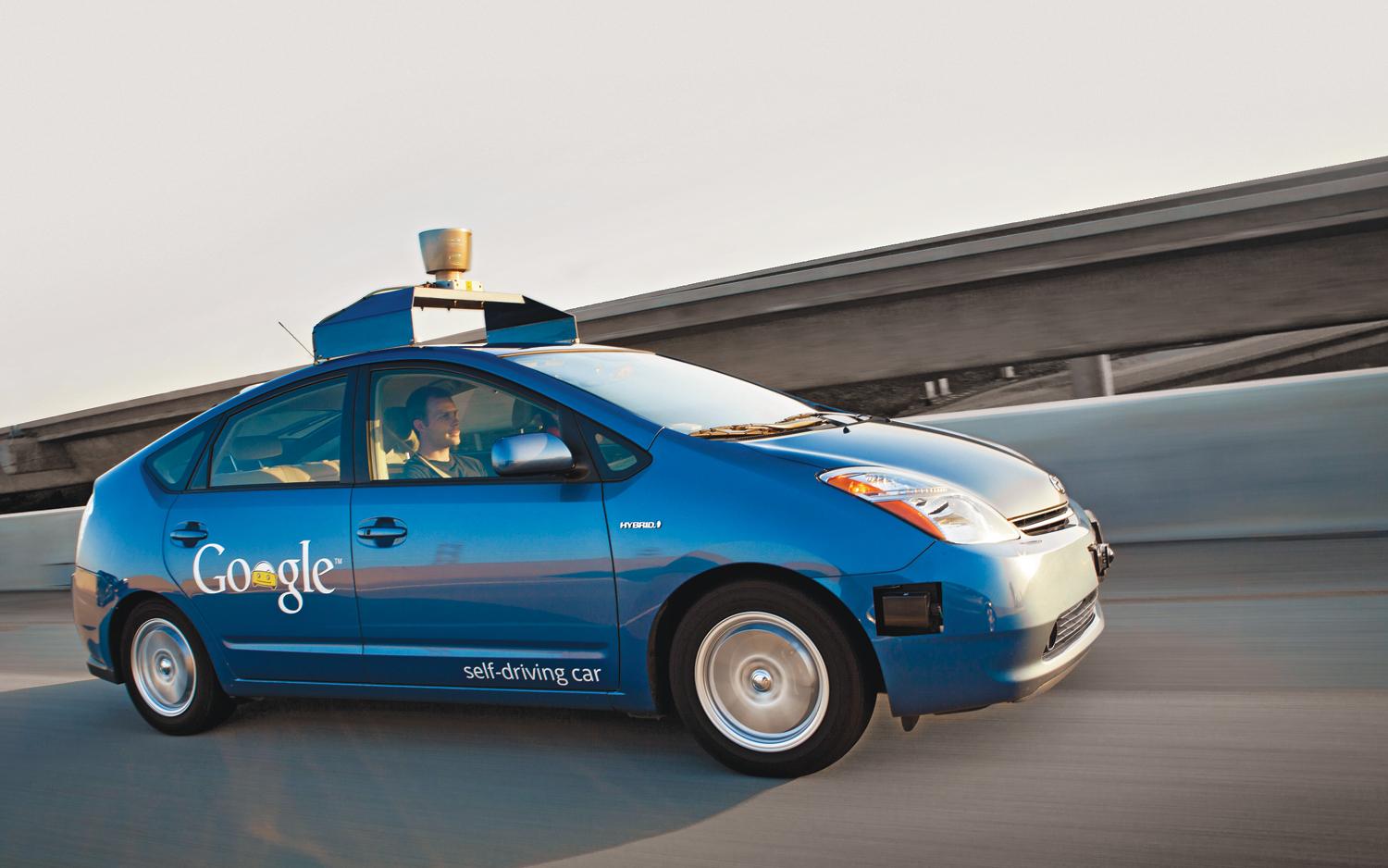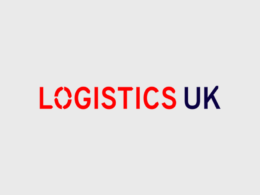We all know that the roads are dangerous places. Cars are dangerous. There is plenty of law covering cars, how they should be driven, the condition they should be in, and the penalties for transgression.
The Government is funding projects to advance the driverless car concept, but hand-in-hand with that commitment goes the need to ensure that the legislators quickly get a grip on what legislation is needed, so that there is a well thought-out legal framework in place when driverless cars hit the roads in the UK.
The Government has started the ball rolling by putting the issue out for consultation. This process closed on 9 September, so we will await their findings, and any recommendations which flow from them.
In addition, the Highway Code and associated regulations are apparently to be altered, “so that advanced driver assistance systems which change lanes on the motorway and park the vehicle by remote control can be used safely”. This would seem to cover systems which are there to help drivers, but not those which actually drive the car. There is a fundamental difference between continuous driving systems on the one hand, and ad-hoc, short-term operations of driver assistance systems (parking, emergency braking, lane warning etc.) which only take over driving functions for short periods of time, on the other. So there is more work to be done.
There is a wide range of issues to consider, which affect both civil law (issues surrounding compensation for injury or death caused by accidents) and criminal law.
In each case, key to establishing liability is likely to be the extent to which it is reasonable for an occupant of a driverless car to assume that the car systems will avoid accidents without driver intervention. The manufacturers will claim that their instruction manuals make it clear that some element of ultimate driver control and associated responsibility is expected (there have already been cases in the US in which this argument has been put forward), but the prominence of this message, perhaps alongside the marketing of a car as driverless, may leave a grey area as to where responsibility lies. This is the root of the issue, which will need clarification.
There is a practical problem here. Human drivers of ’driverless cars’, which the driver believes will continuously undertake the driving task, can and will relax. Their minds will no longer be on the traffic around them at all times. It is thought that human drivers tend to trust autonomous driving algorithms too quickly, and underestimate their deficiencies. So for drivers of these cars to instinctively know when to step in and take control in a stressful emergency situation is unlikely, and a potential recipe for disaster.
What we don’t want is a system in which the clarity of the manufacturers’ message as to how “driverless” a car really is governs who is responsible for any accidents. That will create uncertain position, which is unsatisfactory for drivers, victims and insurers alike.
There are also, of course, insurance implications.
It is expected that the insurer of a driver of a driverless car (an odd expression in itself) will still pay out in the normal way, so that road accident victims are promptly reimbursed. However, the insurer will then be able to claim the money back from the car company if the vehicle is deemed to be at fault. Policies could be invalidated if owners fail to keep software and tech up-to-date to prevent cyber threats. Therefore, the worry for drivers won’t be taken away, and the argument between manufacturers and drivers as to who was at fault will probably still rage, given the insurance premium and (in more serious cases) criminal law implications.
Then there’s the question of proof. Even if we assume that there is a degree of shared responsibility between the car itself and the ’driver’, it may be difficult to prove where the fault lies if an accident occurs. This can be difficult at the best of times, but even if it’s obvious that the way in which a driverless car has been driven has contributed to an accident, the courts will then have to decide who or what was to blame, or apportion risk between them.
As it stands, the UK is far from ready for driverless cars – from a legal perspective there is much still to be decided in terms of regulation. We await the results of the recent consultation and the debates which will undoubtedly follow between the insurers, car manufacturers and the regulators.
Nick Gross, Head of Transport & Logistics, Coffin Mew
 Nick has worked at Coffin Mew since he left the College of Law in 1983. He has worked his way up the ranks to Partner, Chairman and Head of the firm’s Transport and Logistics team.
Nick has worked at Coffin Mew since he left the College of Law in 1983. He has worked his way up the ranks to Partner, Chairman and Head of the firm’s Transport and Logistics team.
Nick advises clients on a wide range of issues affecting business owners.
These include selling or buying a business, funding and investment arrangements, and constitutional and structural matters, including share issues, and shareholders’, members and partnership agreements.
Being part of the management team in a successful business like Coffin Mew helps Nick when assisting clients to achieve their goals. He knows exactly what it’s like to run a business, and the issues and pressures which business owners confront, so he uses this knowledge, alongside his many years of legal experience, to advise clients in a practical, commercial, clear and timely way. His job is not to find problems, it’s to solve them.
Whether advising a disparate group of clients owning shares in a business, with various approaches and priorities, right through to large scale cross-border transactions, Nick applies the same rigorous approach, always focused on the client’s agreed objectives– all delivered with clear communication, no fuss, on time and on budget.
Over many years of doing deals, Nick recognises that markets, trends and levels of sophistication have changed markedly. Buyers of all professional services have also become much more sophisticated, so his service reflects this ever-changing landscape.
Nick has seen countless different types of transactions and structures over the years, so brings a real understanding of the principles underpinning these approaches, and how the key is to understand objectives and ensure that solutions fit them.













